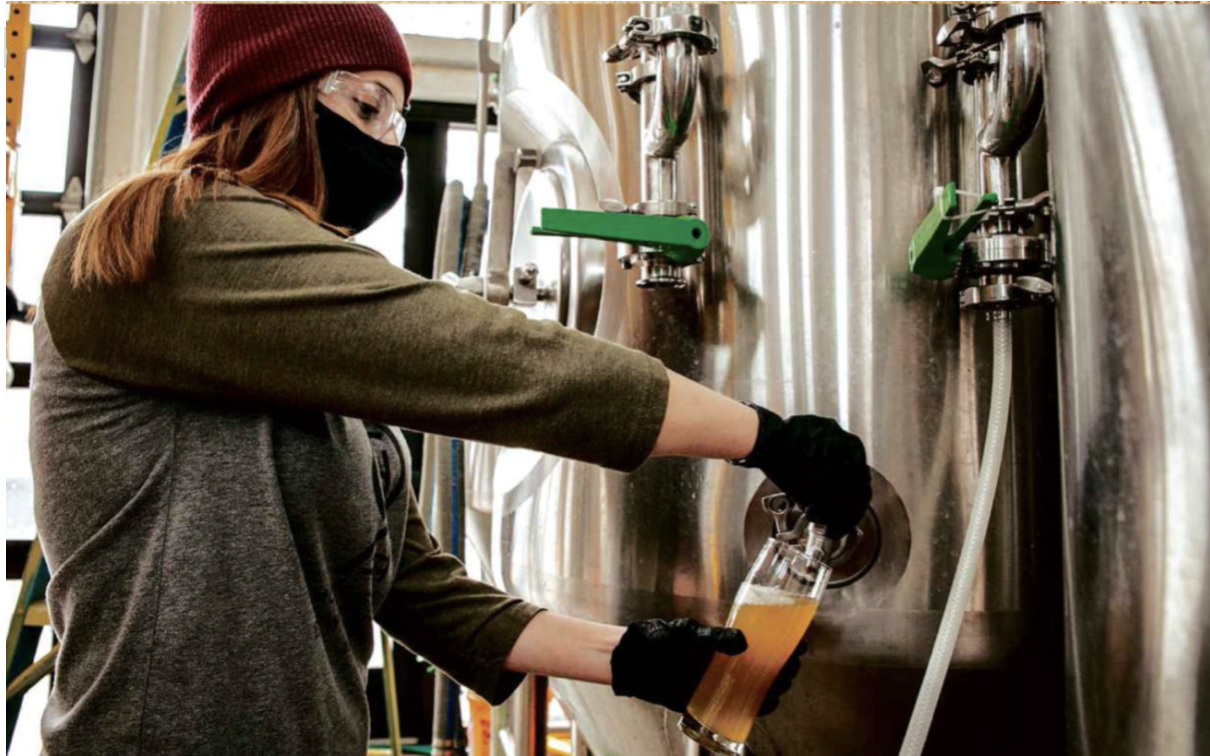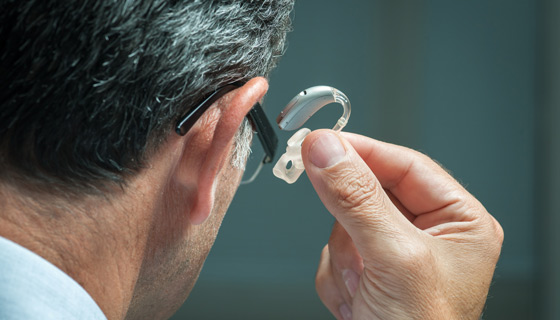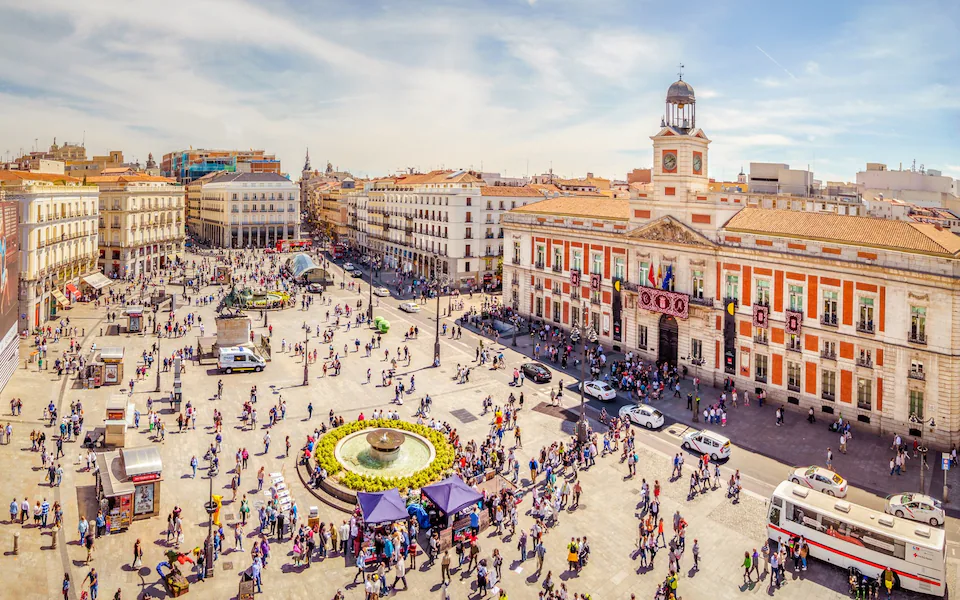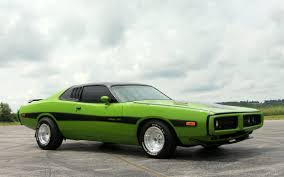Craft Beer Boom Fueled by Brewing Tech Revolution
Beer, with recipes dating back thousands of years, is one of humanity's oldest beverages. Yet, for brewers of all sizes, technology is becoming an increasingly crucial element in crafting the perfect ale.
The fundamental brewing process remains largely unchanged for decades. It involves malting (activating grain enzymes), mashing (grinding and steeping grains in hot water), filtering, boiling with flavorings, and finally, fermentation where the beer develops its unique character. The underlying technology hasn't seen drastic changes either.
However, as any beer aficionado knows, the past few decades have witnessed a remarkable transformation in the brewing scene. Craft breweries have exploded, offering an unprecedented variety of beer styles and flavors. This revolution was fueled by a shift in brewing technology, with companies focusing on creating solutions for smaller-scale brewers.
Craft Beer Boom Fueled by Smaller Equipment
Smaller breweries are thriving thanks to the miniaturization of brewing equipment. In the past, expensive and bulky machinery limited brewing to large-scale operations. But now, thanks to scaled-down versions of this equipment, smaller players can enter the game.
"It's not about creating new technology," says Chuck Skypeck, an expert at the Brewers Association. "It's about making existing technology accessible to smaller breweries."
For example, canning lines, once out of reach for small producers, are now available in more compact sizes. This allows them to package their beer in a way that appeals to consumers. Similarly, CO2 recapture systems, previously limited to large facilities, are becoming more affordable for smaller breweries. This captured CO2 can be reused for carbonating beer or in other brewing processes.
The biggest impact, however, might be felt by homebrewers. Forget buckets and questionable-tasting concoctions! Today's home brewers have access to automated machines that produce delicious, drinkable beers.
Companies like PicoBrew and Coopers are offering app-controlled brewing machines that eliminate the need for traditional equipment and the risk of funky flavors. One such machine is the MiniBrew, created by a Dutch company after a successful crowdfunding campaign. The MiniBrew takes the guesswork out of home brewing. Users simply order pre-measured ingredient kits, scan a code for recipe instructions, and let the machine handle the mashing, brewing, and fermentation.
With these advancements, anyone can become a homebrewer and enjoy fresh, delicious beer in just a few weeks.
The MiniBrew automates a lot of the brewing process, but the creators don't want it to be completely push-button. They believe homebrewing should still involve some creativity and experimentation.
For beginners, MiniBrew offers pre-made recipe packs. As users gain experience, they can design their own recipes, tinkering with ingredients and letting the machine handle the brewing itself. They can even share their successful recipes with others through the MiniBrew platform.
MiniBrew also sees potential in connecting breweries with homebrewers worldwide. Imagine using a recipe to brew your favorite pub beer right at home! The company believes technology can improve the homebrewing experience and make better beer more accessible.
While all-in-one machines are uncommon due to cost, automation is likely the future of homebrewing. According to experts, anything from temperature control to fermentation can be automated with specialized equipment or even custom-built gadgets.
Tech Brews: From Farm to Pint
Craft brewers are embracing the Internet of Things (IoT) to ensure consistent, delicious beer. IoT sensors monitor factors affecting crops, like soil quality, for the best ingredients. Once harvested, hops, a key ingredient, need to be shipped quickly and under specific conditions. GPS trackers on delivery trucks and sensors in the packaging ensure they arrive fresh.
During fermentation, special floating IoT devices monitor the beer's temperature and send data to brewing software. This software automatically adjusts temperatures to create the perfect flavor and aroma.
Even small brewers can leverage IoT. Some use affordable Raspberry Pi computers to control and monitor brewing temperatures.
IoT even helps with post-brewing logistics. RFID tags track kegs, preventing theft (empty kegs are valuable!).
While brewing requires technical knowledge, it's also an art form – balancing hops, grains, yeast, and other ingredients. Traditionally, creating new recipes relied on experience.
But there's a new twist! Brewers are partnering with tech companies to use Artificial Intelligence (AI) for recipe creation. The first AI-powered beer debuted in 2016. Feedback from drinkers was collected by a bot, analyzed by an algorithm, and used by brewers to refine the recipe.
MN Brew Goes AI for Beer!
Swiss craft brewery MN Brew is raising the bar with AI-powered beers under the name "Deeper." They partnered with nearby Lucerne University (HSLU) and Jaywalker Digital, a software company.
HSLU students were initially developing an AI for diagnosing skin diseases through images. However, lacking sufficient data, they pivoted to using AI to create unique beer recipes. Their AI, Brauer AI, analyzes massive amounts of text data (over 150,000 beer recipes!) to generate recipes based on a brewer's preferences. This includes beer style, available hops, and even openness to non-traditional ingredients.
"This pushes the boundaries of creativity," says HSLU researcher Marc Brevin. "It helps brewers explore new ideas they might not have considered otherwise." While AI generates the recipe, brewers' expertise remains essential for crafting the final product.
MN Brew used one AI-generated recipe for a special IPA. "It's crisp, slightly tart, yet smooth," describes Karl Geiger of MN Brew's product development. "Some even taste hints of lychee!" MN Brew is confident in the future of AI-assisted brewing and plans to introduce more such creations in the future.
Robots Take Over Tapping: Hospitality Industry Sees Potential in Bartender Bots
The pandemic hit the hospitality industry hard, with staff shortages and lower sales. But there's a new waitstaff option emerging: robots.
Spanish company Macco Robotics builds robots for restaurants, cafes, and hotels. They've noticed a shift in how people view these robotic servers. "The pandemic changed how people see robots in hospitality," says Kishhanth Renganathan, the company's innovation chief. "Before, people worried robots would take jobs or were just a gimmick."
Now, hygiene and consistency are more important than ever. Robots can serve drinks safely without contact and ensure every drink, from the first to the thousandth, is exactly the same. "It's not just about speed," says Renganathan. "Robots can be more creative with drinks and keep the quality high."
Their KIME robot bartender is a humanoid bot in its own kiosk. Programmed to make everything from coffee to cocktails, KIME uses similar technology to factory robots, but miniaturized to pour drinks. Customers order and pay through an app or touchscreen, and the robot dispenses their drinks.
Macco Robotics also makes delivery robots and even partnered with Boston Dynamics to send a dog-like robot delivering beers in a Seville bar.
But will robots replace friendly bartenders you can chat with? Renganathan doesn't think so. Robots are ideal for fast-paced environments like nightclubs or modern bars where younger customers want their drinks quickly. However, traditional pubs with a focus on conversation will likely stick with human bartenders. "There will always be someone to chat with about the weather at your local," he says. Robots might become helpers behind the scenes, but for now, the friendly pub atmosphere isn't going anywhere.
Ever dreamed of a Star Trek-style replicator whipping up snacks on demand? Well, that dream might be closer than you think! Companies are developing 3D printing technology to create delicious and customized food.
Just like a regular 3D printer, these machines build objects layer by layer. But instead of plastic or paper, they use edible materials like chocolate, dough, or even pancake batter. This opens up a world of possibilities for creating unique and visually stunning snacks.
Chefs are already using this technology to create eye-catching dishes. Imagine a pop-up restaurant where everything, from the food to the utensils, is 3D printed!
This isn't just a party trick, though. Restaurants are exploring ways to personalize food with 3D printing. One example is a Japanese restaurant developing custom sushi based on your specific dietary needs. This technology could even allow you to "download" a meal from a famous restaurant on the other side of the world and print it out at home!
Looking for a plant-based alternative to sushi? No problem! Companies are using 3D printing to create realistic-looking and tasting fish substitutes entirely from plant proteins.
So, the next time you're craving a snack, keep an eye out for 3D-printed options – the future of food might be right around the corner!













0 Comments